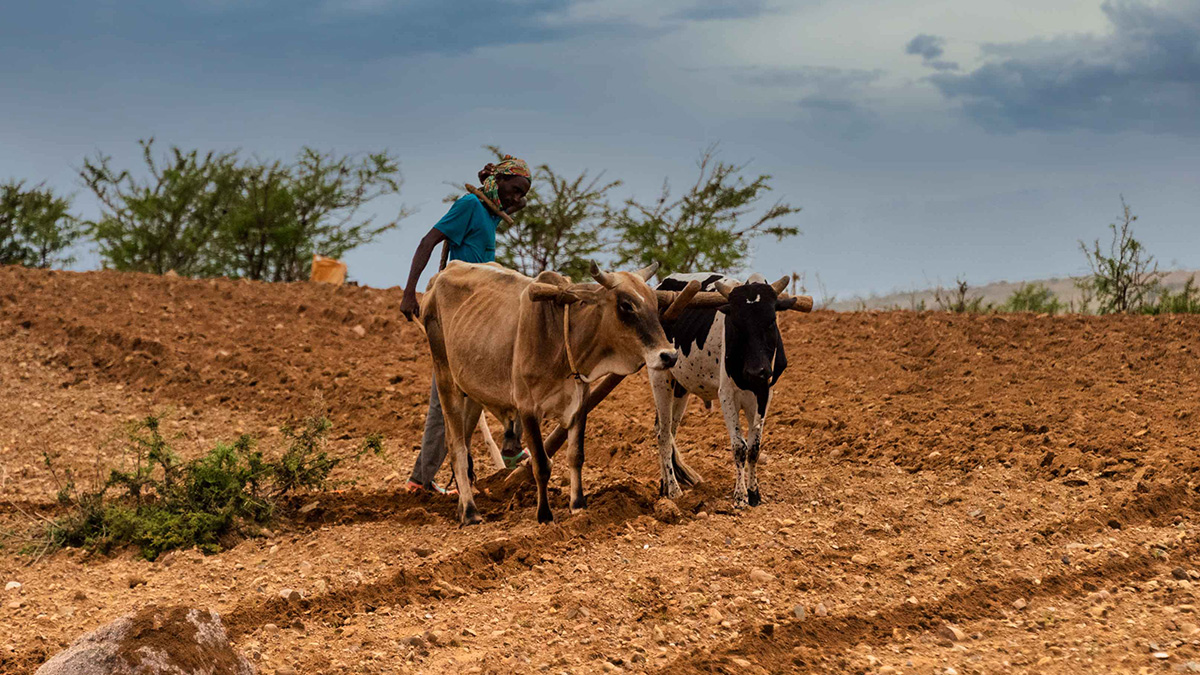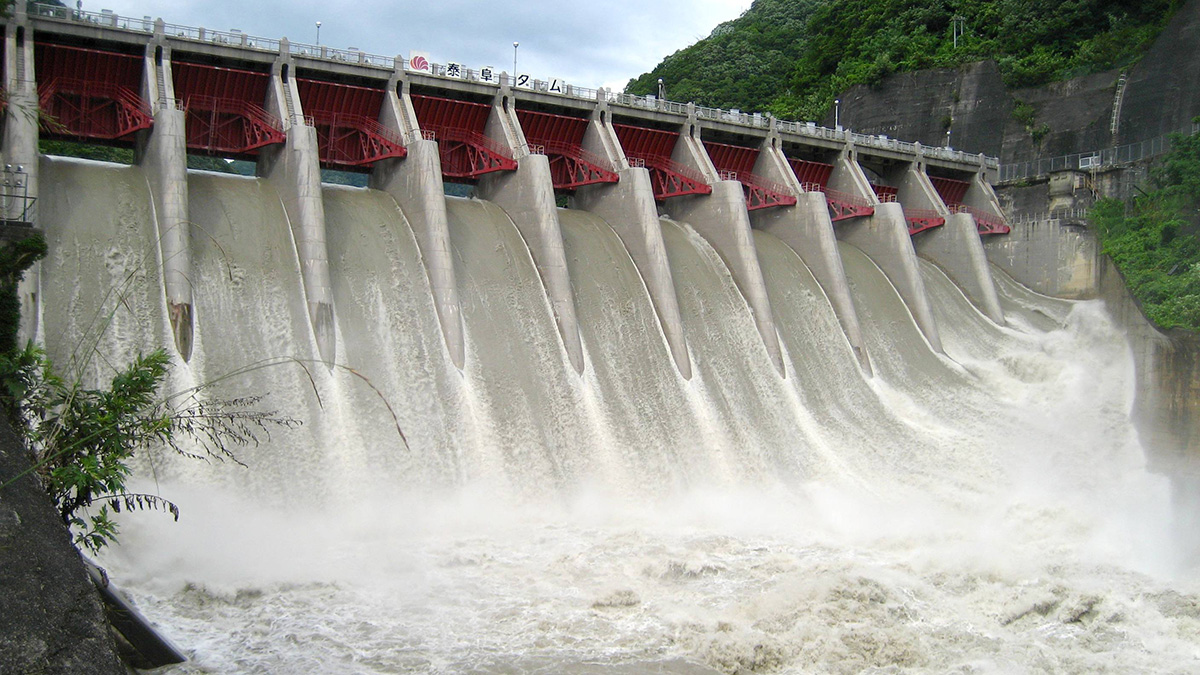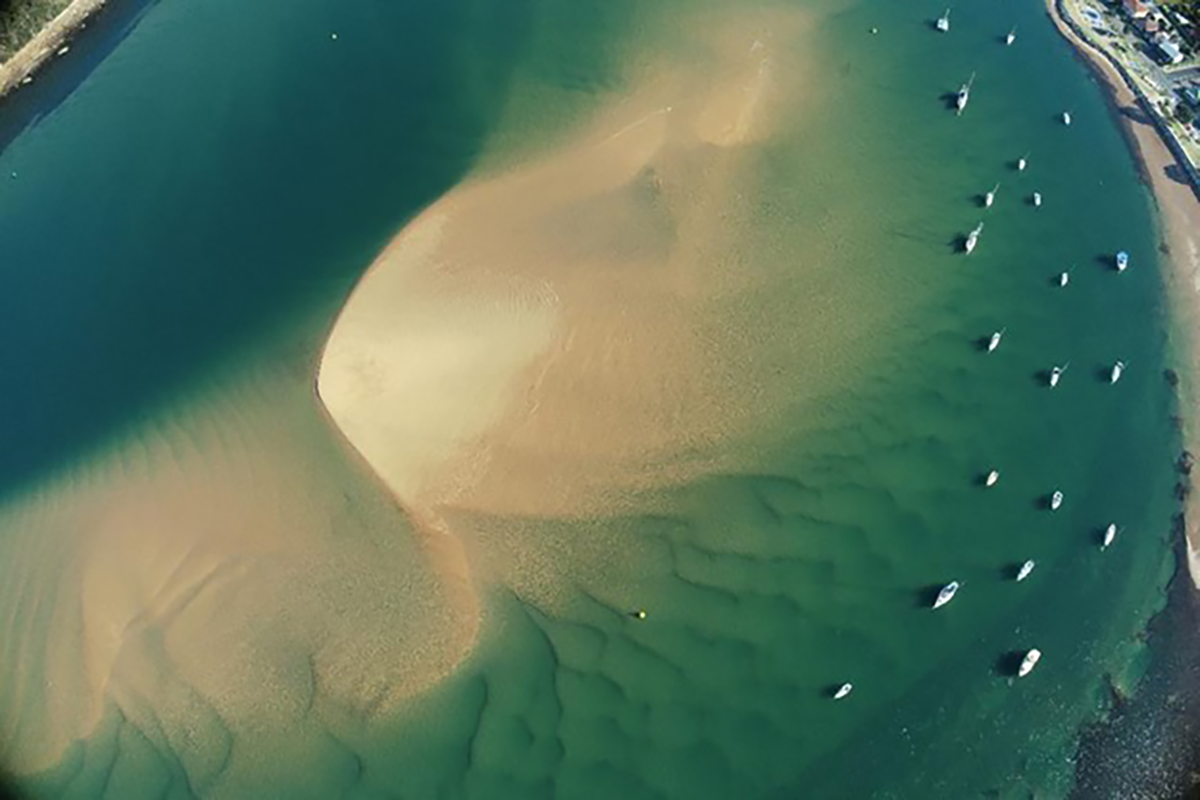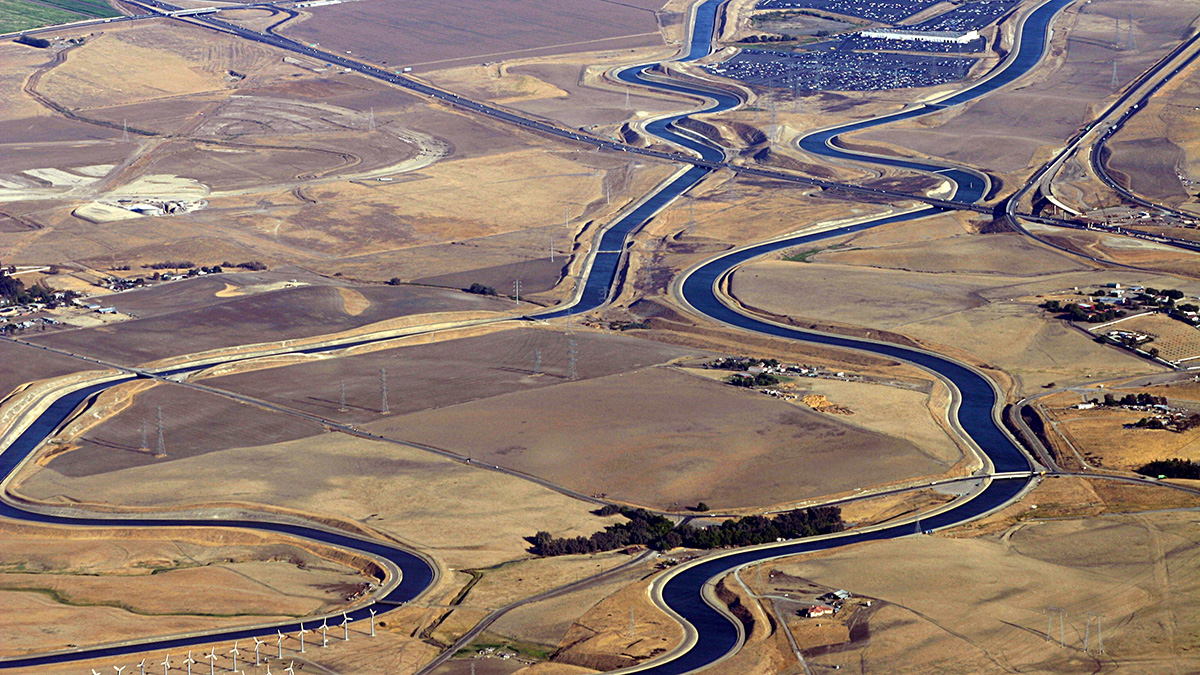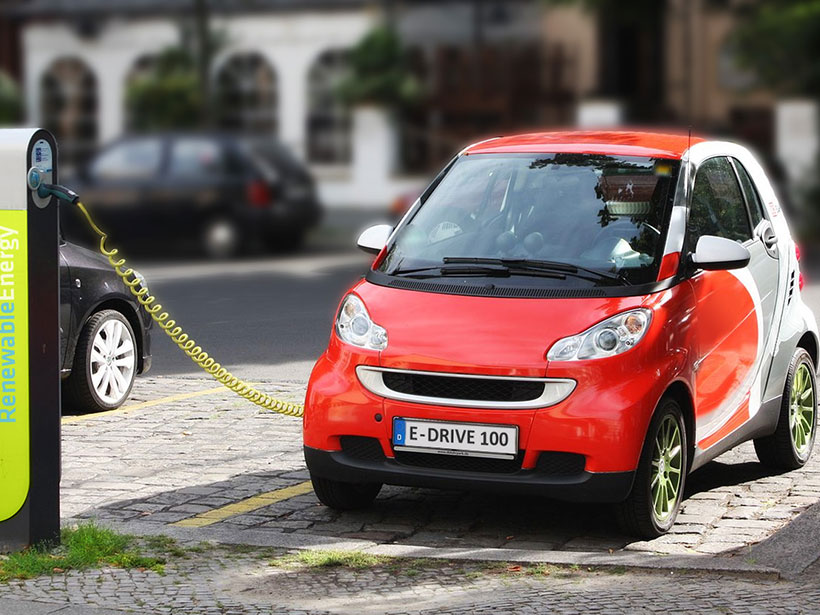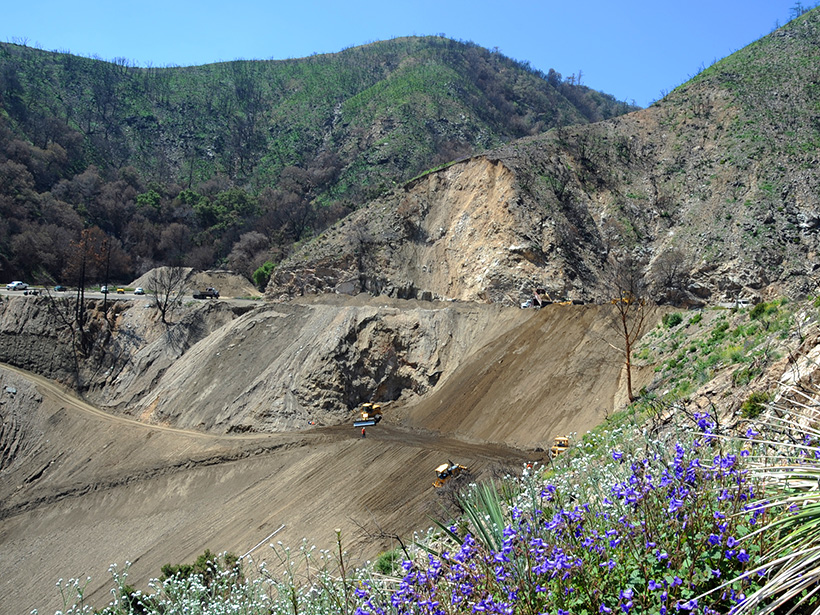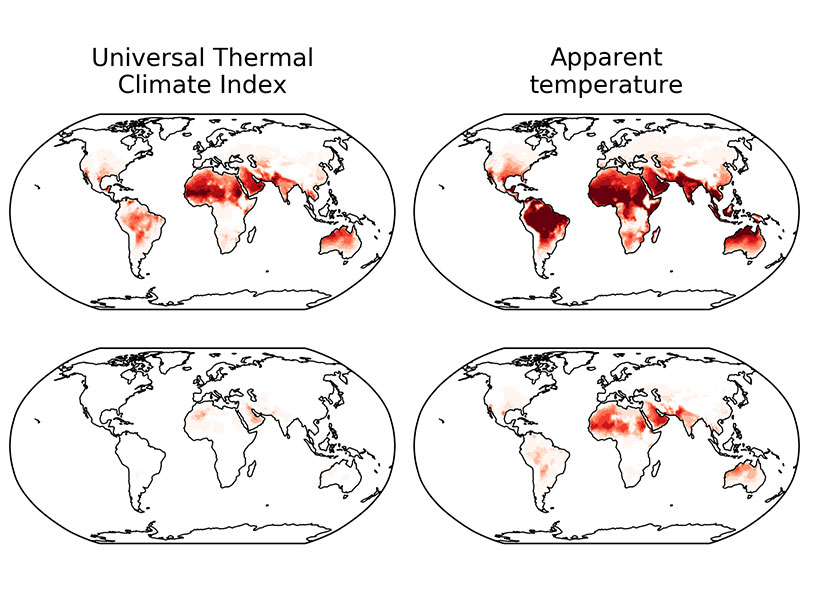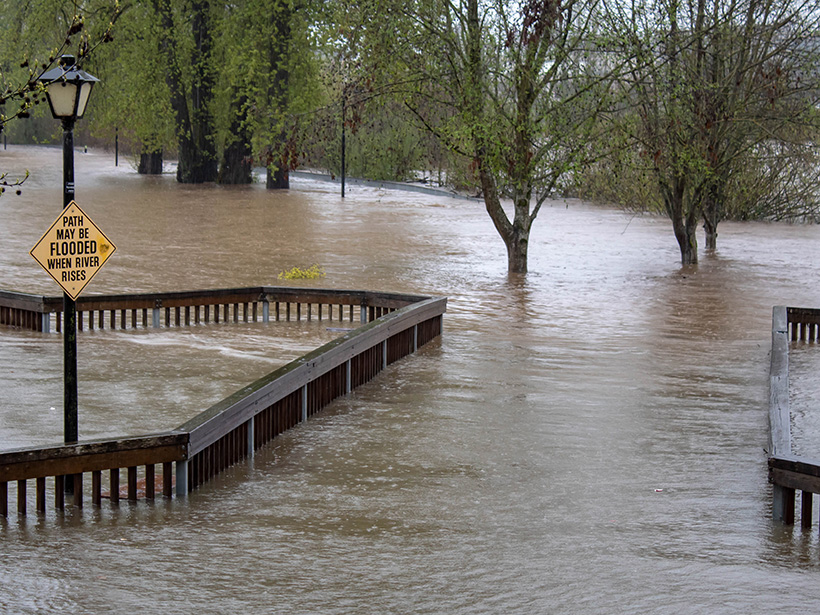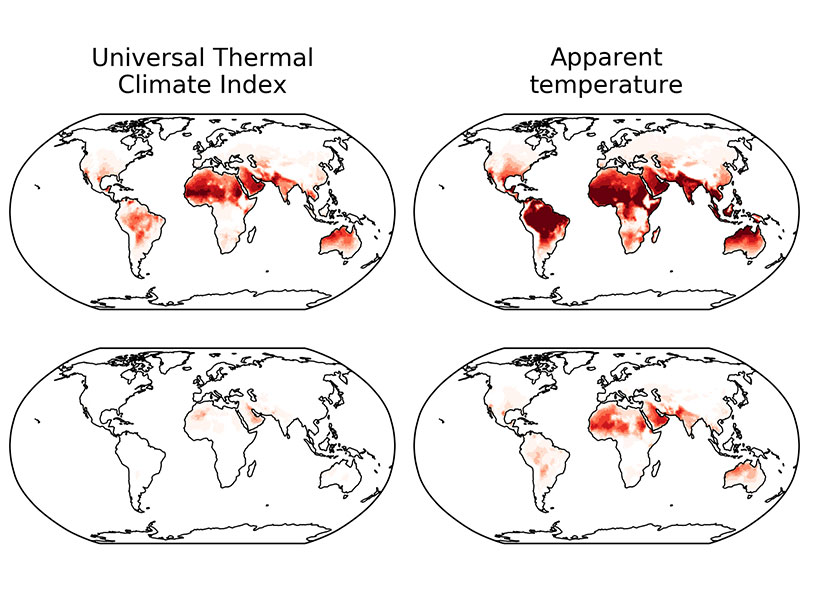Under the combined stress of growing populations and current warming trends, many African nations will face increasing shortfalls in food production in the coming decades.
Earth’s Future
How We’re Reshaping Global Water Storage
Researchers modeled and mapped how eight key aspects of human societies affect hydrological cycles.
Can We Better Predict Coastal Change?
A new special collection invites studies on a new era of models and knowledge that provide predictions or insights into predictability in coastal geomorphology.
Assessing Water Infrastructure Investments in California
Exploratory modeling in California’s Central Valley indicates that evaluating the costs, benefits, and risks to individual providers is necessary to ensure the viability of future water projects.
La Captura de Carbono No Puede Resolver el Problema Climático Sin Acciones Individuales
Las elecciones individuales, como la adopción de vehículos eléctricos, serán un factor importante en el cumplimiento de los objetivos climáticos del Acuerdo de París.
Is Your Home at Risk of Experiencing a Natural Disaster?
In the contiguous United States, 57% of structures are at risk of experiencing at least one natural hazard—and risk is driven by greater development in hazardous areas against a backdrop of climate change.
Half of U.S. Tidal Marsh Areas Vulnerable to Rising Seas
Adaptation appears possible in some areas, with northerly marshes having a greater capacity to form new soil and gain elevation, whereas some southerly marshes can migrate inland.
Extreme Rainfall Statistics May Shift as U.S. Climate Warms
Precipitation data and high-resolution modeling suggest that extreme rainfall events under a changing climate will be shorter, more intense, and more widely spread out.
Global Warming Causes Uneven Changes in Heat Stress Indicators
Different indicators change in different ways, but climate models project a clear trend of increasing heat stress.

